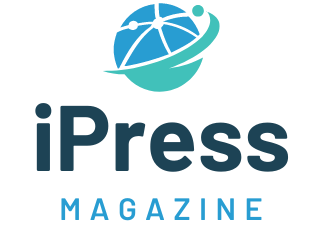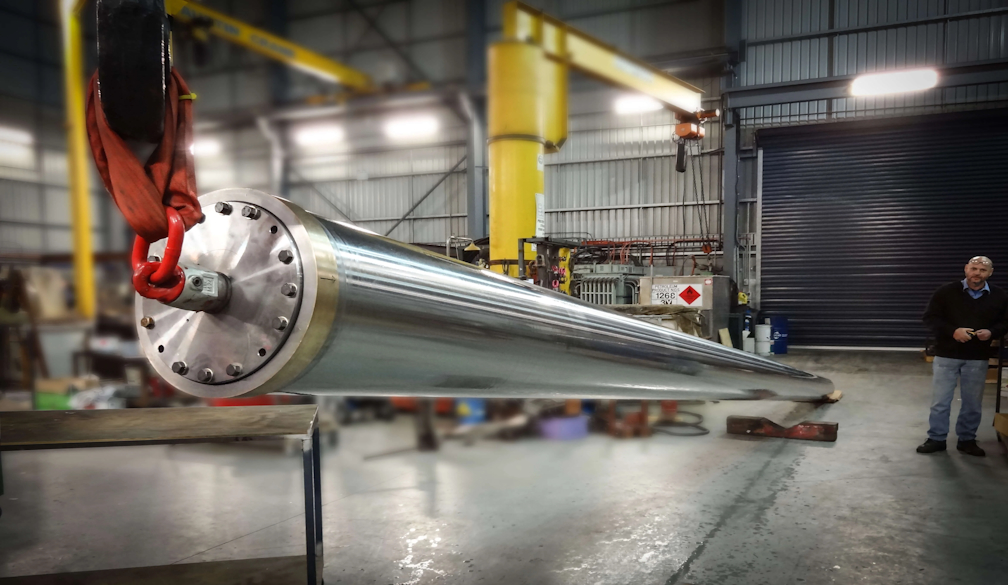Common Challenges and Solutions in Steel Framing Construction

Steel framing has become a popular choice in modern construction due to its strength, durability, and design flexibility. However, like any construction method, it comes with its own set of challenges. Understanding these challenges and knowing how to address them can ensure a successful steel framing project. Here’s a look at some common issues in steel framing construction and the solutions to overcome them.
-
Precision and Alignment Issues
Challenge: Steel framing requires a high level of precision and alignment during installation. Any discrepancies in measurements or misalignment can lead to structural issues or difficulties in fitting components together.
Solution: To mitigate precision and alignment issues, ensure that all steel components are pre-fabricated to exact specifications in a controlled environment. Employ advanced measuring tools and techniques during installation to verify alignment and ensure accuracy. Regular inspections and quality checks during the assembly process can also help identify and address any alignment issues promptly.
-
Corrosion and Maintenance
Challenge: Steel is susceptible to corrosion if not properly protected, especially in environments with high humidity or exposure to chemicals. Corrosion can compromise the integrity of the steel framing over time.
Solution: To prevent corrosion, use galvanised or powder-coated steel, which offers added protection against environmental factors. Ensure that all steel components are treated with anti-corrosion coatings before installation. Regular maintenance and inspections can help identify early signs of corrosion and address them before they cause significant damage.
-
Handling and Transport
Challenge: Steel framing components can be heavy and cumbersome, making handling and transport a challenging aspect of construction. Improper handling can lead to damage or deformation of the steel components.
Solution: Employ appropriate lifting and handling equipment, such as cranes or forklifts, to manage steel components safely. Ensure that all personnel involved in the handling process are trained and adhere to safety protocols. Additionally, secure steel components properly during transport to prevent movement and potential damage.
-
Thermal Conductivity
Challenge: Steel has high thermal conductivity, which means it can transfer heat and cold more readily than other materials. This can lead to issues with energy efficiency and temperature control within the building.
Solution: To address thermal conductivity issues, incorporate insulation materials into the design of the steel-framed structure. Use thermal breaks and insulating panels to reduce heat transfer and improve energy efficiency. Properly insulating steel framing helps maintain a comfortable indoor environment and reduces energy costs.
-
Fire Resistance
Challenge: While steel is inherently fire-resistant, it can lose its strength at high temperatures, which may pose risks in case of a fire.
Solution: Apply fire-resistant coatings or intumescent paints to steel components to enhance their fire resistance. Ensure that the building’s fire protection systems, such as sprinklers and alarms, are up to code and functional. Regularly review and update fire safety plans to address any potential risks.
-
Cost Management
Challenge: The initial cost of steel framing can be higher compared to traditional materials. This can be a concern for budget-conscious projects.
Solution: While the upfront cost may be higher, the long-term benefits of steel framing, such as durability and low maintenance, can offset initial expenses. Work closely with a qualified steel framing contractor to optimise the use of materials and minimise waste. Consider lifecycle costs and the overall value provided by steel framing when evaluating budget constraints.
-
Coordination with Other Trades
Challenge: Steel framing must be coordinated with other trades, such as electrical, plumbing, and HVAC, which can sometimes lead to conflicts or delays.
Solution: Develop a detailed construction plan that includes coordination with all trades involved in the project. Hold regular meetings with subcontractors to address any potential conflicts and ensure that everyone is aligned with the project’s timeline and requirements. Effective communication and planning are key to preventing issues and ensuring a smooth construction process.
Conclusion
Steel framing offers numerous advantages for modern construction, but it also presents specific challenges that must be addressed to ensure a successful project. By understanding common issues such as precision and alignment, corrosion, handling, thermal conductivity, fire resistance, cost management, and coordination with other trades, and implementing the appropriate solutions, you can overcome these challenges and harness the full benefits of steel framing. Proper planning, regular maintenance, and effective communication are essential to achieving a robust and resilient steel-framed structure that stands the test of time.








